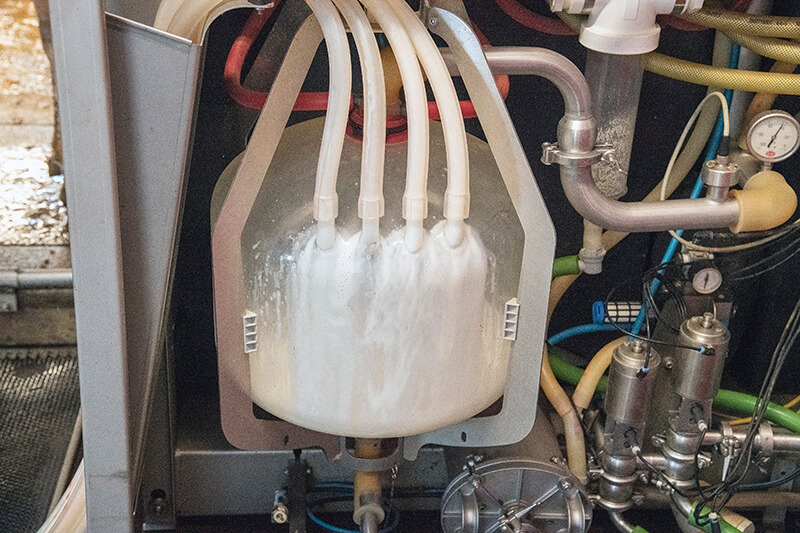
From Cow to Carton: Milk's Journey to the Consumer
Students will explore milk production in the United States and explain the benefits of homogenization, pasteurization, and fortification of milk.

Students will explore milk production in the United States and explain the benefits of homogenization, pasteurization, and fortification of milk.
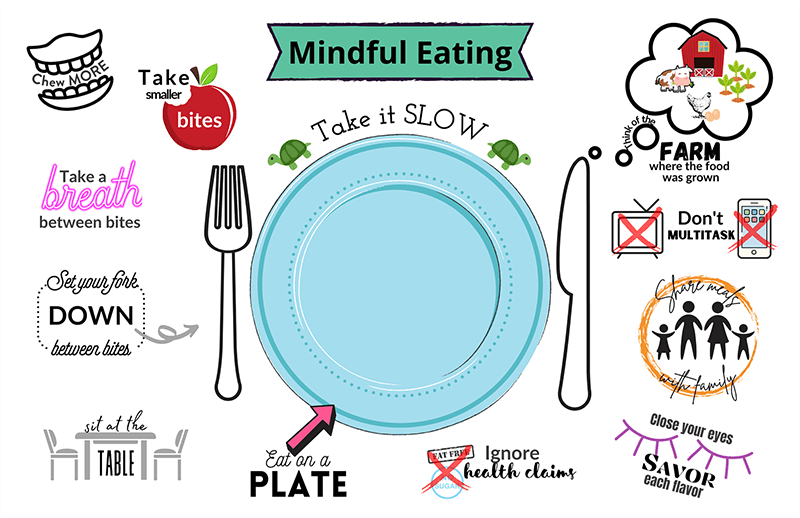
Students will explore hunger, satiety, and mindful eating to discover how our eating habits are impacted by our awareness to physiological signals of hunger or fullness. Students will also practice mindful eating practices and explore portion sizes as they sort foods, create meals using portion-size food models, and track their food using mindful eating practices.

Students will explore hunger, satiety, and mindful eating to discover how our eating habits are impacted by our awareness to physiological signals of hunger or fullness. Students will also practice mindful eating practices and explore portion sizes as they sort foods, create meals using portion-size food models, and track their food using mindful eating practices.
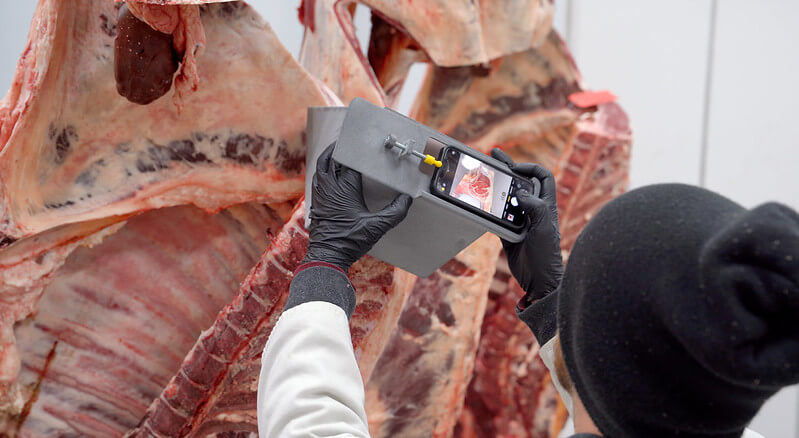
Students will evaluate the USDA grading system for whole cuts of beef and discuss consumer preferences and nutritional differences between grain-finished and grass-finished beef. Students will also distinguish various labels on beef products and discuss reasons for the government’s involvement in agricultural production, processing and distribution of food.
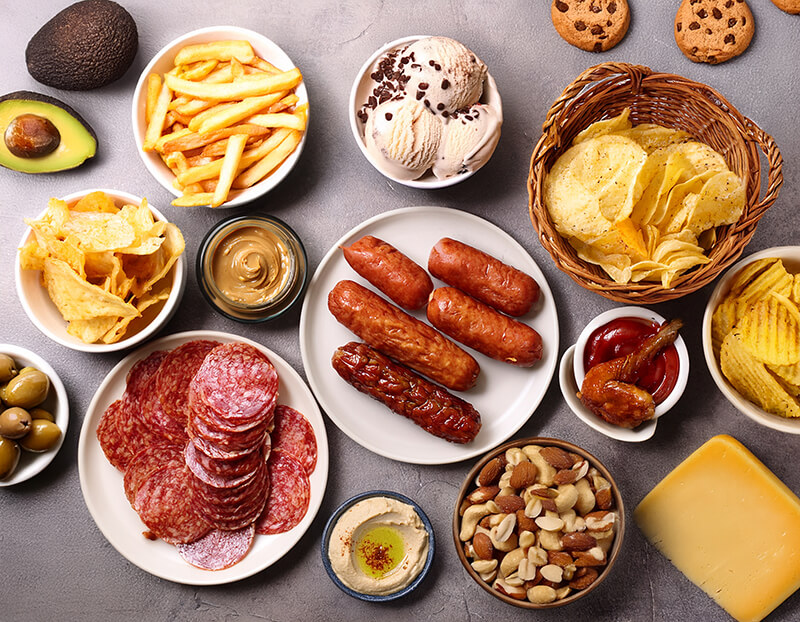
This lesson describes the role of fats in food and in the body, and how they serve as a source of energy. It provides information on different types of fats that are listed on the Nutrition Facts label – including total fat, saturated fat, and trans fat—and defines trans fat and cholesterol. The lesson also includes dietary guidance for fat consumption.
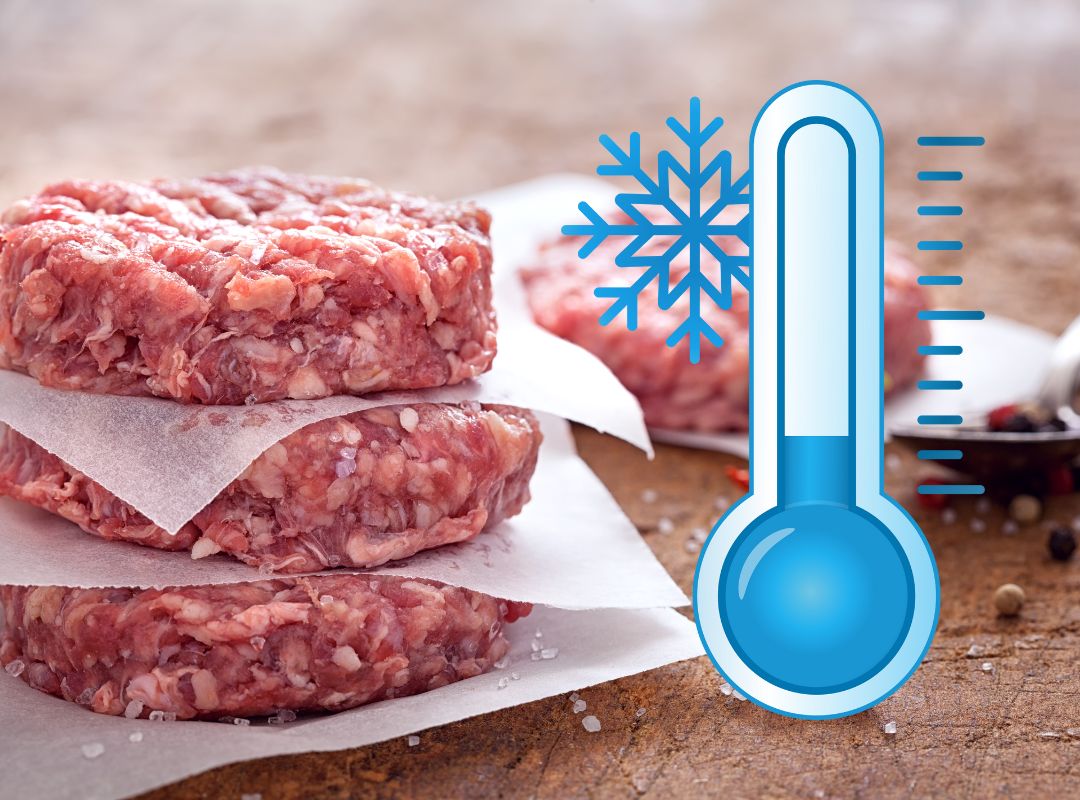
Students will observe the difference in bacterial count between a hamburger that’s left out at room temperature and a hamburger that’s kept refrigerated. The lab reinforces the concept that food must be properly chilled in order for it to remain safe to eat. This lab will be conducted as a teacher demonstration.
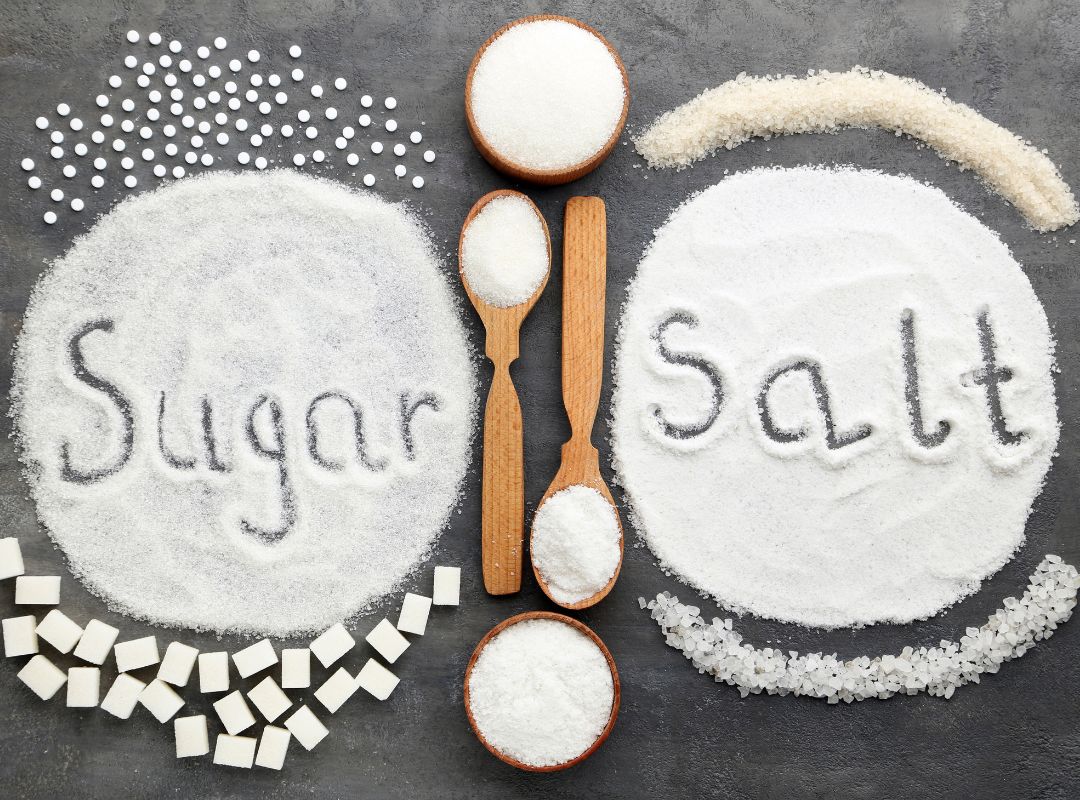
This lesson introduces sodium and sugar as dietary nutrients we should consume less of. Students will identify the foods and beverages they should limit and recognize how to use the Nutrition Facts label to measure sodium and sugar intake.

This lesson introduces sodium and sugar as dietary nutrients we should consume less of. Students will identify the foods and beverages they should limit and recognize how to use the Nutrition Facts label to measure sodium and sugar intake.
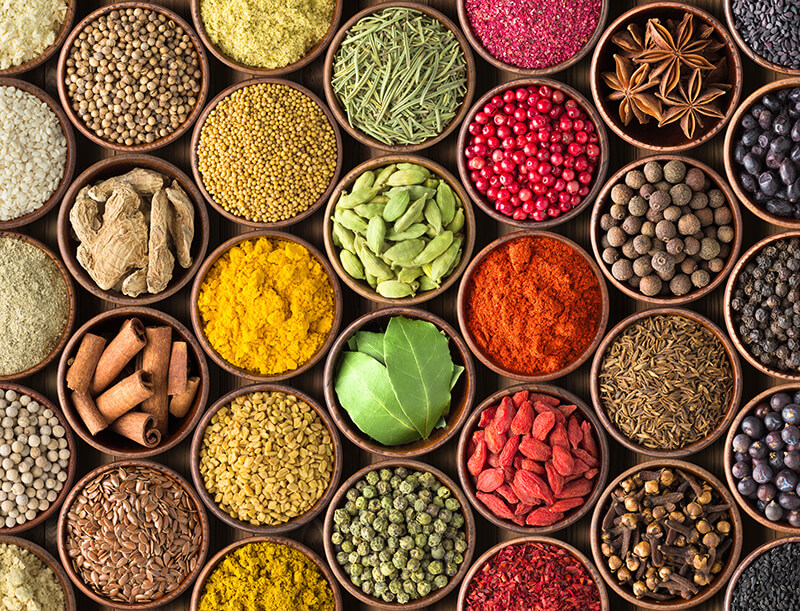
In this lesson students will recognize the difference between a spice and herb, learn how herbs and spices are grown on farms around the world, and participate in a culinary challenge to season popcorn for various cultural cuisines.
Students will describe the farm-to-table process of common fruits and vegetables, recognize the nutrients fruits and vegetables provide, and evaluate methods of food storage and preparation for preserving nutrients.
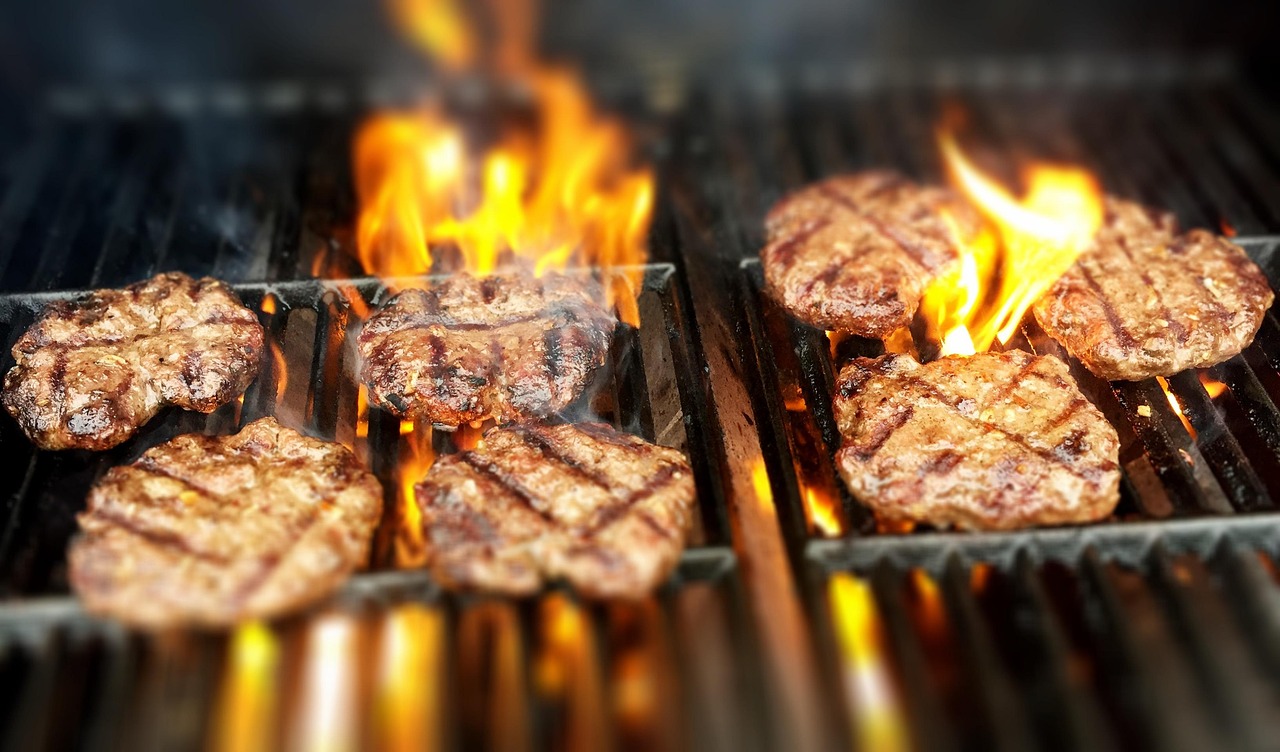
Through a series of 4 Labs, students will explore the 4 Cs of Food Safety: clean, cook, chill, and combat cross-contamination (separate.) Hamburger is used for the labs, as it is a food that students are familiar with and may be cooking at home. Lab 4 is a review and summary of what the students have learned about the 4 Cs and encourages them to apply these principles to their everyday life.
Students view the 2018 documentary Before the Plate and follow Canadian chef John Horne as he journeys to the source of ten primary food ingredients used in his restaurant. Using critical thinking skills, students will explore the farm-to-table journey of food. This lesson covers a socioscientific issue and aims to provide students with tools to evaluate science within the context of social and economic points of view.